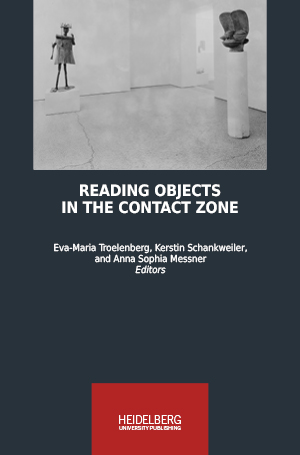Zitationsvorschlag
Lizenz (Kapitel)

Dieses Werk steht unter der Lizenz Creative Commons Namensnennung - Weitergabe unter gleichen Bedingungen 4.0 International.
Identifier (Buch)
Veröffentlicht
Portrait of Ali Pasha
Cultural Mobility on the Periphery of Empire
Abstract This study examines an early nineteenth-century portrait of the Ottoman provincial governor Ali Pasha, who ruled a border region that is now northern Greece and southern Albania for almost forty years. The governor commissioned this oil-on-canvas painting from the Christian artist Spiridon Ventouras, a Greek-speaking Christian hailing from the Ionian Islands, which lay just beyond the borders of the empire. While Western European-style portraits are known to have been produced for several Ottoman sultans throughout the centuries, until that point such a painting initiated by a Muslim notable beyond the sphere of the imperial court in Istanbul appears to have been unheard of. Ali Pasha’s portrait stands as a unique expression of self-presentation on the periphery of empire, not only in the act of commissioning the work itself but also in the depiction of the governor decked out in an array of finery that serve to evidence his political and economic status. Furthermore, this painting participates in a wider pan-Adriatic aesthetic that transcends both imperial and confessional boundaries, calling into question a paradigm of mobility that assumes an encounter or exchange between two fixed cultures.
Keywords Ottoman Empire, Greece, Ali Pasha, Portraiture, Cultural Mobility, Periphery






